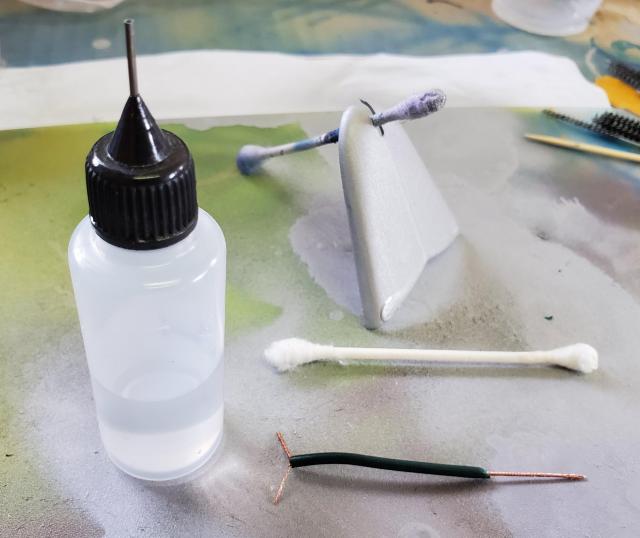M
Marc Farmer
Guest
For my birthday this year I received and Iwata Revolution SAR airbrush with a .5mm nozzle and needle. I was thrilled! That is until I tried to use my favorite primer- Stinylrez from Badger. Now Badger suggest shooting the primer neat, at 30 psi whith a .5mm nozzle. I fired up the compressor sprayed for about 3 seconds, stopped to apply a little air to aid some drying, and then sprayed again....and no paint.
The airbrush was totally clogged...in fact the needle was sort of glued to the nozzle, and when I tried to remove the needle, the whole back end of the airbrush came off from the needle instead of the needle coming away from the nozzle.
So a thorough cleaning was done and another attempt was made with more of an opening for paint flow with the exact same results.
I resorted to my cheap Chinese .3 mm knockoff, with no issues what so ever.
So why does a cheap .3mm NOT clog, and an expensive .5 mm clog???
Scratching my head on this one....
The airbrush was totally clogged...in fact the needle was sort of glued to the nozzle, and when I tried to remove the needle, the whole back end of the airbrush came off from the needle instead of the needle coming away from the nozzle.
So a thorough cleaning was done and another attempt was made with more of an opening for paint flow with the exact same results.
I resorted to my cheap Chinese .3 mm knockoff, with no issues what so ever.
So why does a cheap .3mm NOT clog, and an expensive .5 mm clog???
Scratching my head on this one....

